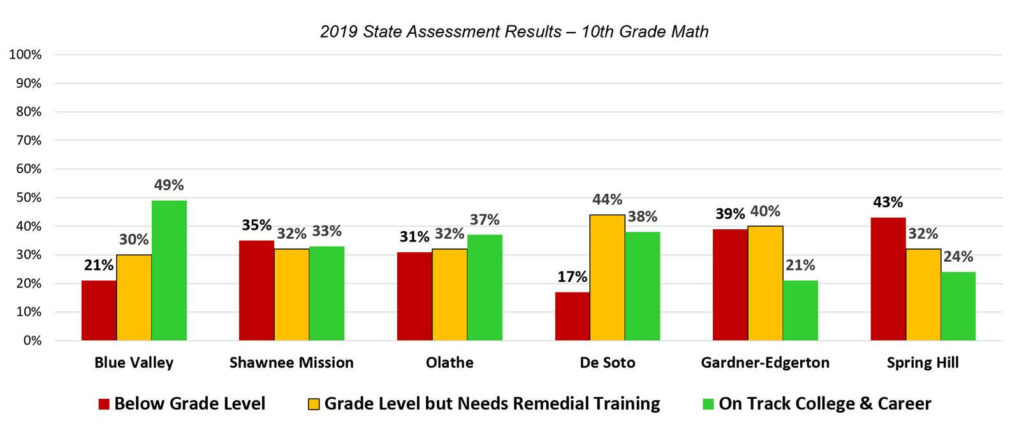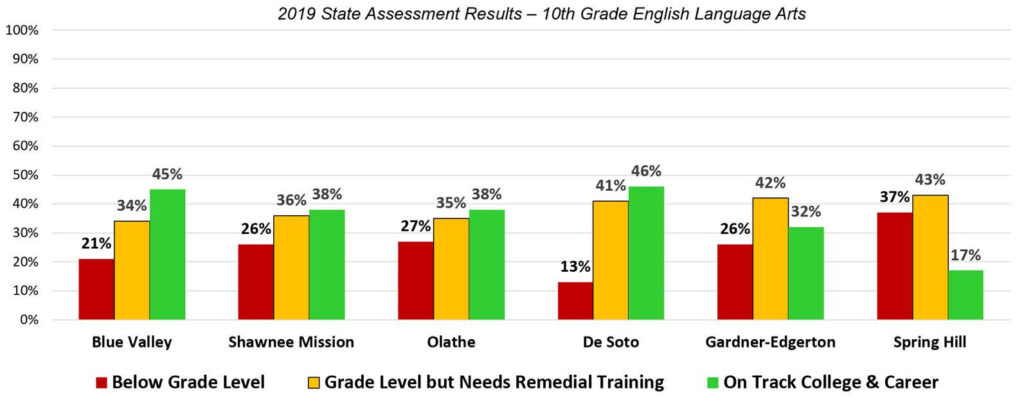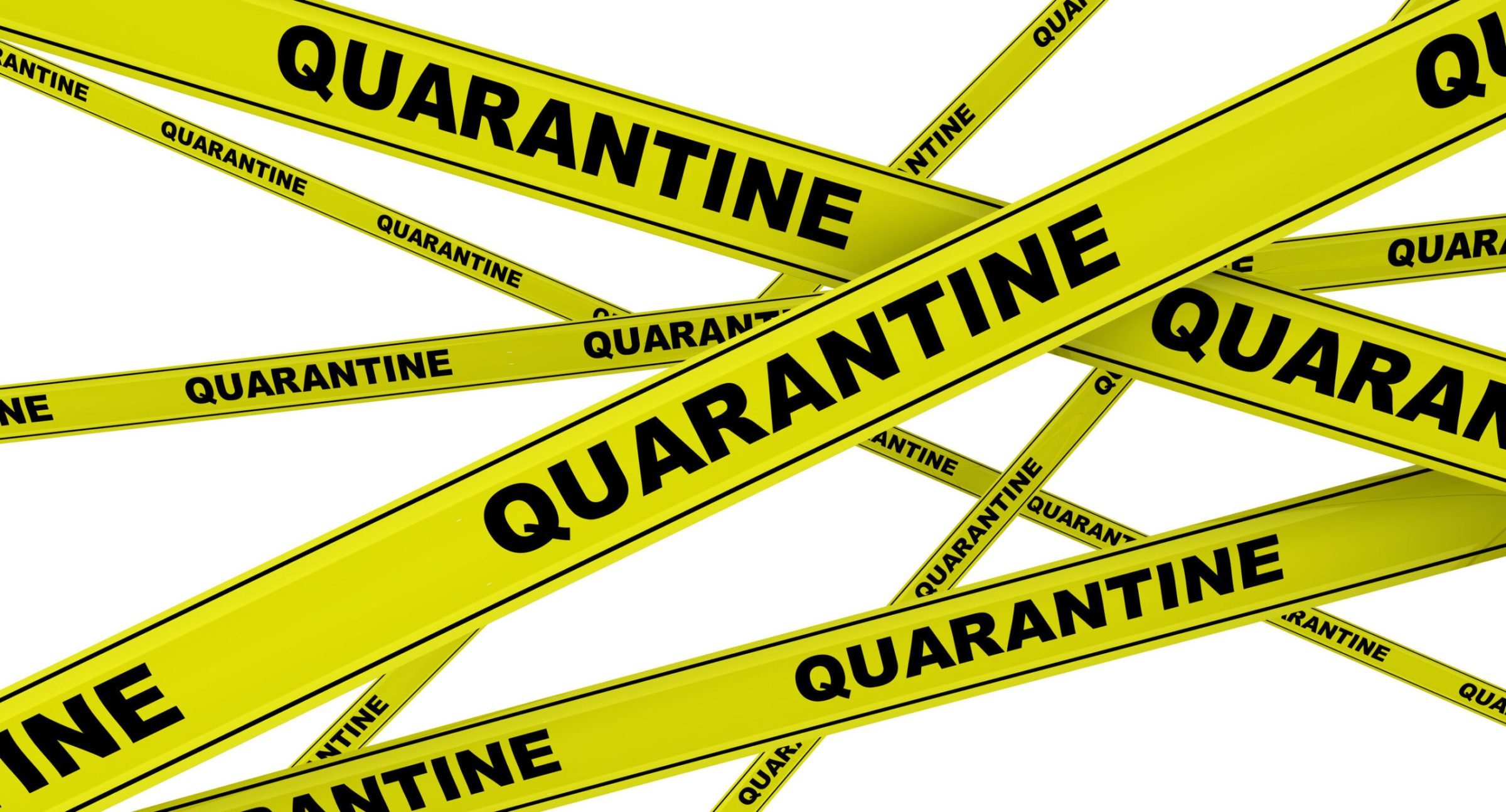Middle and high school students in the De Soto School District return to full-time, in-person learning on Feb. 1. That would make them the first to do so in Johnson County at this writing.
The plan is contingent on gating criteria related to the community spread of COVID.
“What we are doing is adding a modifier to the data, USD 232 board of education president Danielle Heikes, said during a school board meeting earlier this week. “We will do what the numbers say.”
A few weeks ago, board members amended the gating criteria it uses to determine when it’s safe for kids to return to classrooms. Under the old guidelines, the district is in a “yellow” category, which recommends students learn remotely or in a hybrid setting. However, with the amended criteria the district meets the “green” requirements to safely re-open for full-time onsite learning.
“The kids need to be back in school as soon as possible. It bothers me when the bars are open, but the schools are closed,” board member John Gaignat said.
The district is set to be the first in Johnson County to allow older students to enter school buildings for full-time classes.
A representative from the De Soto Teachers Association urged the district to continue remote or hybrid learning until the vaccine is more widely available. According to a survey of DTA union members, 70 percent of secondary teachers are not comfortable returning to full-time in-person learning without being vaccinated. Board members, however, unanimously approved the decision to re-open USD 232 classrooms.
Shawnee Mission, Olathe, and Blue Valley School Districts are providing hybrid learning to middle and high school students. Spring Hill and Gardner-Edgerton School Districts provide remote-only learning. Gardner-Edgerton secondary students have yet to enter a school building at all for classroom learning, and district officials have no plans to bring kids back.
Research shows online learning is failing kids
A wide body of research is beginning to show students in remote learning are falling behind, and there’s a growing consensus among researchers that remote learning is increasing the education achievement gap between wealthier students and their disadvantaged peers.
A large study in Fairfax County, Virginia revealed alarming failure rates for students in remote learning during the pandemic. In St. Paul, Minnesota, nearly 40 percent of the high school students in remote learning are failing. It’s the same story in a Houston-area school district, where 40 percent of students in remote learning earned Fs in two or more classes.
In the nation’s capital, more kindergartners are missing literacy benchmarks. A nationwide survey showed math progress slowing year-over-year for students in grades 3-8. Locally, there’s anecdotal evidence that the social isolation of remote learning is tied to an increase in suicide ideation and depression in teens.
“I hear from parents all of the time whose kids used to get straight As and now they’re getting Ds and Fs,” said Dave Trabert, CEO of Kansas Policy Institute. (KPI owns the Sentinel.) “Students who were excited to go to school, now dread it. The educational and emotional consequences are astounding. It is imperative we get students in school full-time for in-person learning.”
USD 232 kids may gain competitive edge
Prior to COVID shutdowns, De Soto students performed better than most of their peers in neighboring Johnson County Districts. According to 2019 state assessment results, 46% of the De Soto 10th graders were career and college ready in English Language Arts– the highest percentage of all Johnson County schools. Only 13% of the De Soto 10th graders tested below grade level. Blue Valley had the second-best results, with 45% on track and 21% below grade level.
In math, De Soto 10th graders did better than students in every Johnson County district but Blue Valley.
“Undoubtedly, the kids in De Soto are going to be better off than kids in the other school districts, educationally and emotionally,” Trabert said. “It’s kind of a competitive advantage.”

Students who outpaced their neighboring peers on tests they took in 2019 will be in the job force or heading for college in the next six months.
“They’re seniors now. Look at how many were already below grade level,” Trabert said. “If kids are below grade level in the 10th grade, then there’s no realistic hope that they will catch up by senior year because the state assessment results show that achievement declines from the earlier grades to the 10th grade.”

Due to virtual learning modes, they may fall even further behind. A study by McKinsey and Company concluded that on average, U.S. students lost about 10 months of learning by the end of 2020.
Ten months ago, it may have been understandable for people to have serious concerns about sending students to school, Trabert said.
“But now we have 10 months of history, and it hasn’t been an issue for people to go to work, including people who go to work in daycares, which never closed,” Trabert said.




